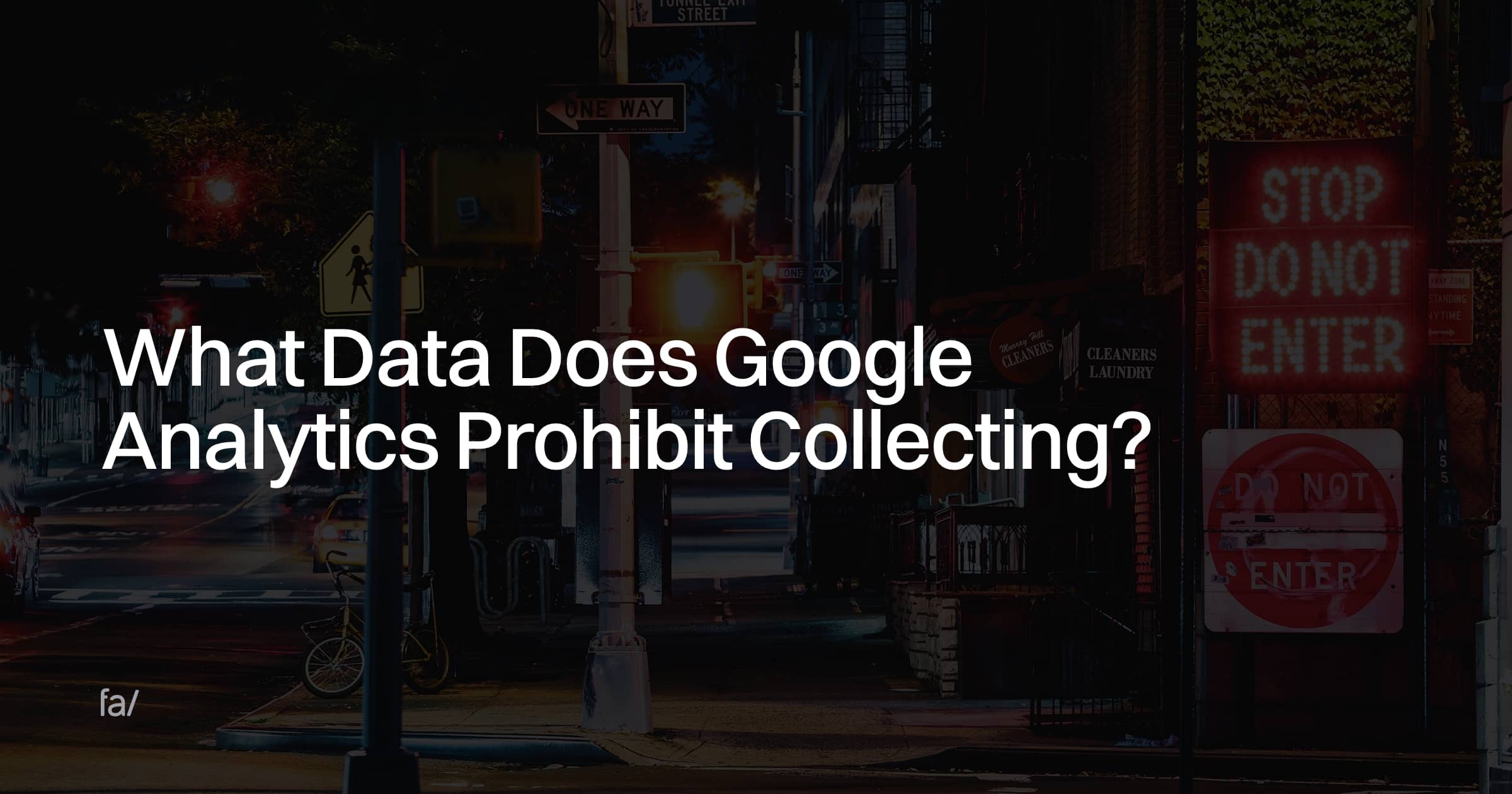Unlocking Insights: Comprehending What Data Does Google Analytics Prohibit Collecting
Unlocking Insights: Comprehending What Data Does Google Analytics Prohibit Collecting
Blog Article
Mastering the Art of Conquering Data Collection Limitations in Google Analytics for Better Decision-Making
In the world of electronic analytics, the ability to extract meaningful understandings from data is extremely important for informed decision-making. Google Analytics stands as a powerful device for businesses looking for to comprehend customer behavior, track conversions, and enhance their online existence. Nonetheless, information collection constraints within this platform can prevent the accuracy and depth of the information gathered. To genuinely harness the potential of Google Analytics for calculated decision-making, mastering the art of overcoming these restraints is vital. By employing strategic methods and sophisticated strategies, organizations can elevate their information quality, unlock hidden understandings, and pave the way for even more effective and informed choices.
Data High Quality Analysis
Data high quality analysis entails reviewing various aspects such as precision, completeness, consistency, and timeliness of the data. One key element to consider is information precision, which refers to just how well the information mirrors the real values of the metrics being gauged.
Completeness of data is another essential aspect in evaluating information top quality. Uniformity checks are additionally important in data top quality analysis to identify any kind of discrepancies or anomalies within the information collection. By focusing on information quality assessment in Google Analytics, services can improve the integrity of their analytics reports and make even more educated choices based on precise insights.
Advanced Tracking Strategies
Using advanced monitoring strategies in Google Analytics can dramatically improve the deepness and granularity of information accumulated for even more comprehensive evaluation and insights. One such method is event tracking, which enables the tracking of specific communications on a web site, like clicks on buttons, downloads of data, or video views. By applying occasion monitoring, companies can obtain a much deeper understanding of customer actions and engagement with their online content.
Additionally, personalized measurements and metrics provide a way to tailor Google Analytics to details company demands. Customized dimensions enable the development of new information points, such as individual duties or customer sectors, while custom metrics make it possible for the monitoring of one-of-a-kind efficiency indicators, like earnings per user or ordinary order worth.
In addition, the use of Google Tag Manager can simplify the execution of tracking codes and tags across a web site, making it simpler to handle and release advanced tracking setups. By harnessing these sophisticated monitoring strategies, services can open useful insights and enhance their on the internet approaches for far better decision-making.
Custom-made Measurement Execution
To boost the deepness of information accumulated in Google Analytics past sophisticated tracking techniques like event monitoring, services can implement personalized dimensions for even more customized understandings. Custom measurements enable companies to specify and collect specific data factors that pertain to their unique objectives and objectives (What Data Does Google Analytics Prohibit Collecting?). By assigning customized dimensions to various elements on a site, such as individual communications, demographics, or session information, businesses can obtain an extra granular understanding of just how individuals involve with their online properties

Attribution Modeling Approaches
By utilizing the best acknowledgment version, services can precisely associate conversions to the ideal touchpoints along the client journey. One usual attribution version is the Last Interaction model, which offers credit rating for a conversion to the last touchpoint a customer connected with prior to converting.

Information Testing Evasion
When dealing with huge volumes of data in Google Analytics, getting rid of data sampling is important to make certain accurate insights are obtained for educated decision-making. Data sampling happens when Google Analytics approximates patterns in data instead than examining the full dataset, potentially leading to manipulated outcomes. By taking these proactive actions to reduce data sampling, organizations can draw out much more precise understandings from Google Analytics, leading to better decision-making and boosted overall performance.
Conclusion
In final thought, mastering the art of overcoming data collection limitations in Google Analytics is important for making notified choices. By carrying out a detailed information top quality analysis, implementing advanced check here tracking strategies, making use of personalized dimensions, using acknowledgment modeling techniques, and preventing information sampling, organizations can make certain that they have exact and trusted information to base their decisions on. This will eventually cause more visit reliable strategies and better outcomes for the organization.

Report this page